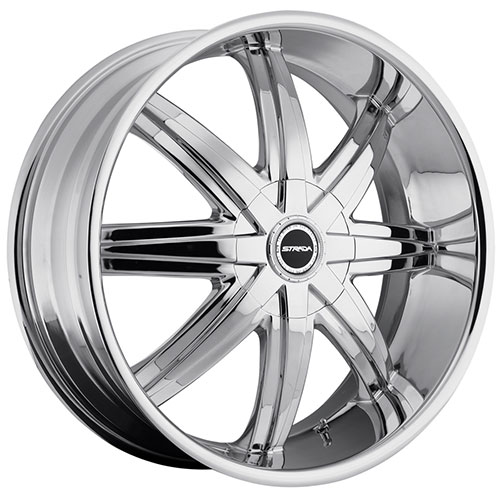

In more traditional magical girl shows, transformation trinkets sometimes get stolen, misplaced, etc with no ill effect for their users except for an inability to transform. Moreover, because her soul has been ripped out of a magical girl’s body, her body cannot function unless her Soul Gem is within a few hundred feet of what is now her soulless husk. Soul Gems are formed when magical girls make a contract with Kyubey and are the source of their powers.

It turns out though, that their name is very literal they are gems that serve as containers for the magical girl’s soul (or may even be her crystallized soul, it’s not really made clear). In PMMM, Soul Gems are beautiful Faberge egg-like items that serve the same purpose. In more conventional magical girl series, transformation items are pretty, flashy items that enable the girl to transform from her civilian form to her magical girl form- and to be frank, serve the double purpose of selling toys and merchandise in the real world. One of the biggest examples of these tropes being twisted is the magical girl transformation trinket, which in this series are Soul Gems. These tropes include the transformation trinket, the cuddly mascot, the monster of the week, magical girls having a secret double life, magical girls themselves being child heroines, and even the concept of why magical girls fight in the first place. Madoka Magica has often been called a “deconstruction” of the magical girl genre, and while many fans refute that claim, it’s clear that it at least offers a darker twist on many of the tropes beloved and well-known in the genre. (this is a long one, clocking in at over 1600 words. Silvermoon424: Twisted Tropes: An Examination of How Magical Girl Tropes are Subverted in Puella Magi Madoka Magica


 0 kommentar(er)
0 kommentar(er)
